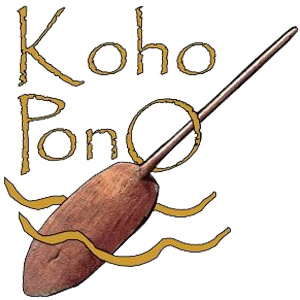Industry Consolidation
Clearly there are benefits to industry consolidation.
Consolidation allows for more stable and expanded distribution, controlled excess capacity, and increased prices. It allows companies to integrate their schedules and unify operations, cut costs, and stock shelves with their titles. New customers are drawn to mega stores and networks of offerings. Profitability grows; customer traffic rises; revenue per cost point improves. The barriers to entry are higher. There is the possibility of newer, friendlier rules/regulations/ treaties. And it is easier to deal with labor disputes.
Anytime a large company’s financial situations improve, they tend to get more aggressive about consolidations and resitrictive partnerships throughout the development, production, sales, distribution channels, and end-of-life cycle.
However, industry consolidation is a double-edged sword. We are headed towards author consolidation and acquisitions based almost entirely on large book-buying demographics. What we all see, but don’t say is that we are becoming an industry of bean-counting-driven policies rather than customer-driven/author-driven processes and policies.
Consolidations create industry momentum, which causes psychological inertia, which leads to greed/entitlement/a sense of lack/perversity – and this leads to decline. I’m seeing the early stages of bookstore and publishing decline embedded into today’s industry consolidation.
Little businesses are failing. Slipping away are the sleepy little corner store (the one filled with new book smell and quiet browsing and children being introduced to new worlds). These independent stores are sacrificed to the maws of volume turnover.
Also slipping away are the joys of discovering a hot new talent, of being a good steward to that writer, to helping produce a quality story and delivering a product that meets real audience need. These joys are being sacrificed for money, power, and control. Heck, there is nothing wrong with money, power, and control. I want some. But I don’t want it at the expense of what is best about this industry. What is best about this industry is relationships and recognizing talent and doing important work and satisfying deep human needs.
And the truth is, it doesn’t have to be a trade-off. This is what innovators know. It does not have to be a trade-off! We can have it all money/power/control and satisfaction/fulfillment/engagement.
As the big companies consolidate the creation and distribution of best-sellers and maximize their processes to squeeze every advantage from the system, there is a new publishing trend towards “right-sizing”
Right-sizing-publishers are finding ways to develop processes to support large numbers of authors – many of them will only write one book in their life. I’ve spoken with a lot of writers who say they have felt underappreciated (and even ignored) for a long time. One of the biggest changes in our industry is that authors are taking back control of their work and of the process of getting that work out to their readers. This, of course, is turning our industry on its ear and making way for right-sizing-publishers to define new author engagement strategies.
Right-sizing publishers are less interested in being industry gatekeepers and more interested in finding the correct audience for each story: right sized, right priced, right community, right delivery methods. Another way of say it is mass customizing creation and delivery.
A person with only one great story in them is as important as a person with twenty great stories if the system is developed for them. A person with one important story can create that story at the right price and make sure it gets out into a receptive world so it is seen, heard, understood, and appreciated by the correct audience.
Right-sizing-publishers are not tied to ‘book’ creation and distribution in the same way the big players are tied to their processes. Therefore, we can service limited niches at lower cost and with less risk. We are alive again with discovering fresh talent and matching those talents to their specific hungry audience (and make a good living doing that). This has always been a joy to publishers and when we put our fear of scarcity away and take off the blinders of entitlement, then it will be joyful again.

